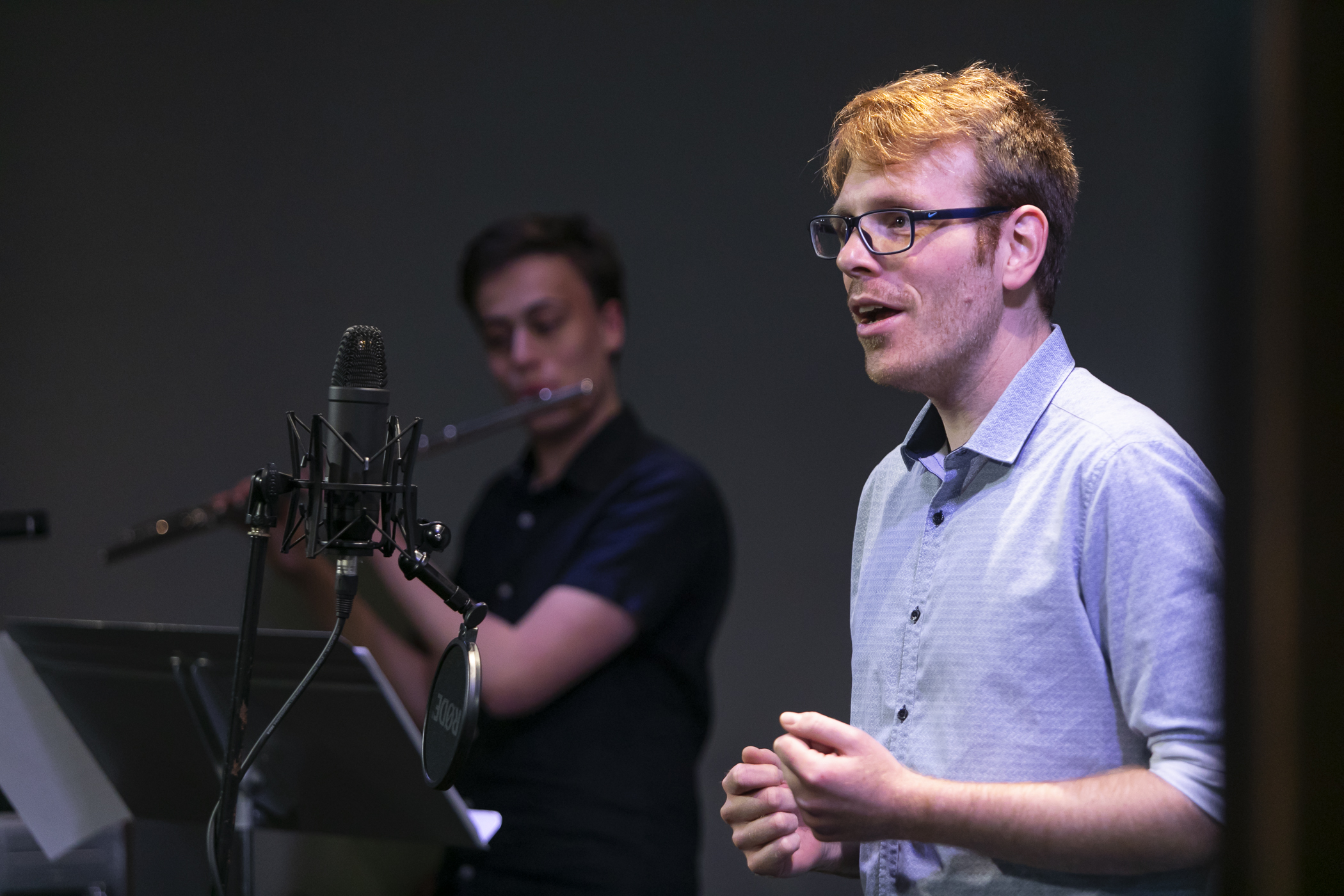How Accent Method Breathing helps our singers achieve better sound
In my commitment to coaching singers in safe, evidence-based voice technique, last year I introduced Accent Method Breathing (AMB) in our lessons.
Most instruction on better breathing techniques for singers can be too broad, not properly explaining the specific process of breath coordination. With AMB, your in-breath ‘drops’ deeper into your low abdominals, then you engage those muscles to support singing long phrases and complex intervals. AMB helps singers understand the physiology and mechanical process of better breathing. It also helps them understand breathing coordination through a repetitive sequence that focuses their attention on the sensations of what their body does while singing.
To learn more about AMB, and some breathing exercises to try, read part one and part two of our blog series. Meanwhile, after one year using AMB, let’s hear from singers who have incorporated it into their singing and practice.
A breathing sequence for easeful singing
Singers have overwhelmingly embraced AMB. A typical singing lesson starts with a repetitious, gentle breathing practice, to centre a singer in their body. We then use easy fricative consonants like S or Z sounds. Then we add V, F or Th sounds, which can be challenging for some singers.
Most singers like the swaying or ‘skater’ motion that accompanies these exercises. They tell me it has a calming, focusing effect. During this process, I remind singers to release their jaw, ensure long, loose posture, and notice set up of inhalation as much as the abdominals moving inward on exhalation. Sometimes we add tongue trills or lip buzzes, which need managed movement of the abdominals.
Building this awareness through a repeated sequence gives singers a ‘go to’ habit to bring into their singing exercises, vocalise or songs.
Brodie finds a clearer tone with better breath control
Brodie, a beginner singer, has been using AMB for a few months. His commitment to practice has seen him grasp the correct technique early on. He’s already observed what he calls the ‘mind-muscle connection’ to the lower abdominals and the internal sensation of dropping upon inhale.
“The tension is held lower in the core than I was previously aware, stabilising my breath more adequately and honing the vocal ‘support’ further away from my throat,” he notes.
Using AMB also helps Brodie understand the interconnectivity between singing techniques. “The relationship between the rise of the soft palate and the drop [of the abs] on inhale. Using these techniques in conjunction provides a clearer tone, defined articulation and less asthmatic breathing difficulties whilst singing.”
Gradual learning helps online singer Peta smooth register shifts

Photo by Raj Rana from Unsplash
Peta has taken online singing lessons with me for more than a year. She’s found AMB a welcome challenge to the breathing techniques she learned with previous singing teachers.
“Working with Kathleen has helped me gain more control over breathing. Techniques have been introduced gradually and built on. Bit by bit my breathing is coming together,” Peta says. “I thought I wouldn’t be able to master singing through my break and find a relaxed and open sound, but it is starting to happen.”
Despite the limitations of online learning, Peta is becoming adept at analysing how the AMB sequence feels in her body and the resulting sounds. “Understanding how to co-ordinate small moves in order and making it natural has been tricky in a way and has required persistence.”
But she appreciates the gradual learning pace in establishing correct singing habits. “Finding the joy in learning and taking the pressure off being good at singing has helped,” she says.
Amanda relaxes into holding longer notes
Amanda is another beginner singer who’s already noticing improved breath control with AMB. Working with me since February this year, she has focused on practising the correct technique, incorporating it when rehearsing with her choir.
“I used to have a more breathy sound and now it is clearer. I can also hold longer notes better – although there is room for improvement there. And my posture is less tense and tight, but that is a work-in-progress too!”
Like Peta, Amanda prefers the slow approach to learning AMB. “I find I need to practise this method slowly, as I tend to be less relaxed and effective if I feel rushed. I need to be watchful that I remain relaxed and make it a natural movement and do not force it or gasp for air. It can take a while for me to settle in to being more relaxed.”
All styles of singing need a free, unhindered descent of the belly on inhalation, then feeling the pressured flow of breath as the belly wall moves inwards. The goal of AMB is to make breathing for singing easy and effortless. If you’ve learned strenuous breathing techniques in the past, it can take time and patience to establish new habits.
With Kathleen Connell’s up-to-date singing expertise, you’ll learn the latest in Accent Method Breathing. There’s an in-person or online singing package to suit you. Call 0402 409 106 to enquire.




